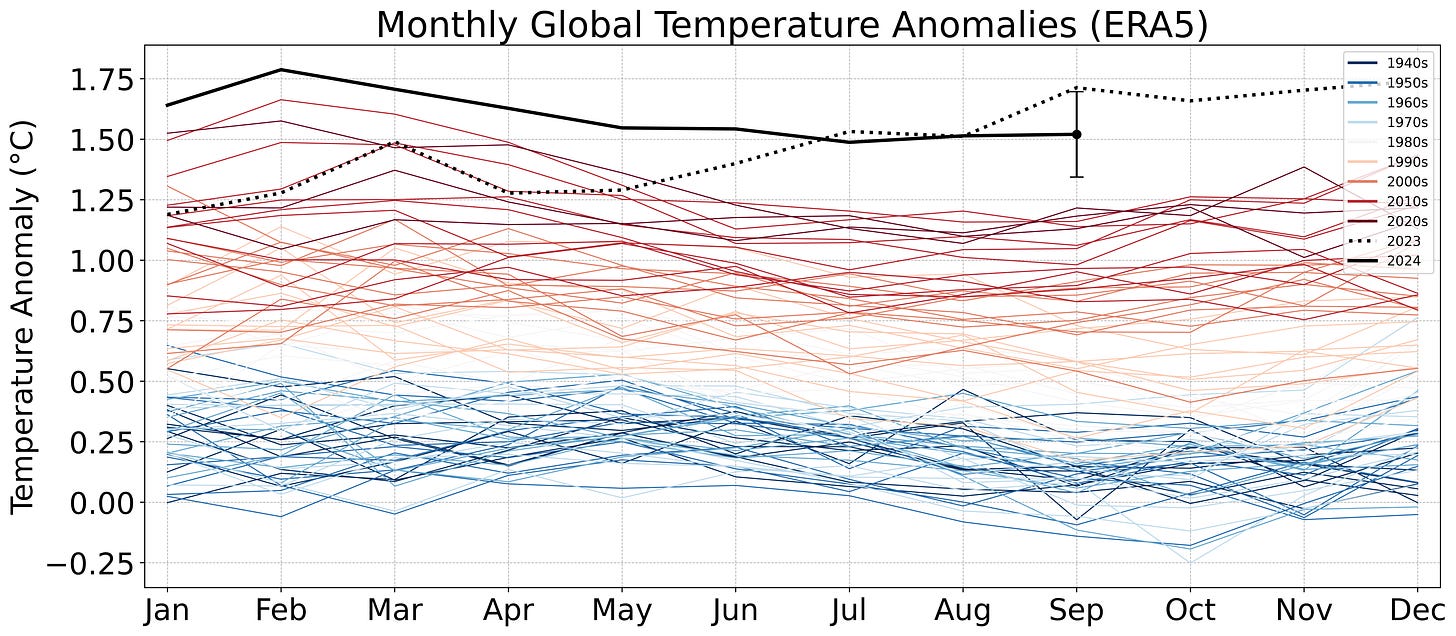Water, Vol. 16, Pages 1726: Assessment of Water Quality of Key Dams in Jordan for Irrigation Purposes with Insights on Parameter Thresholds
Water doi: 10.3390/w16121726
Authors: Mamoun A. Gharaibeh Ammar A. Albalasmeh Mohammad M. Obeidat
Dams play a vital role as a primary water supply for irrigation in Jordan, necessitating an assessment of their water quality. This study aimed to evaluate the suitability of irrigation water in a key number of Jordanian dams, namely Al Kafrain, Al Waala, King Talal (KTD), Mujib, Shuaib, and Sharhabil. Monthly readings of major water parameters (EC, Cl−, SO42−, HCO3−, Na+, Ca2+, and Mg2+) were recorded for seven years (2015–2021) for each dam. The assessment criteria included the sodium adsorption ratio (SAR), soluble sodium percentage (SSP), residual sodium carbonate (RSC), magnesium adsorption ratio (MAR), kelley ratio (KR), total hardness (TH), and water quality index (WQI) using both average (APL) and maximum permissible limits (MPL). Additionally, USSL, Wilcox, Doneen, Piper, and Gibbs diagrams were applied. The findings indicate that all the dams demonstrated suitability for irrigation based on the SAR, SSP, RSC, MAR, and KR values. The USSL diagrams showed most samples falling under C2S1 and C3S1, except KTD, which fell under C3S2. According to the Wilcox diagram, the water was either Excellent to Good or Good to Permissible, while the KTD water was classified as Permissible to Doubtful. Furthermore, the water chemistry was found to be mainly influenced by rock weathering, as revealed in the Gibbs diagram, and has no restriction on permeability, according to the Doneen diagram. The WQI showed that all the dams fall in the Good and Excellent category for irrigation using APL, while applying MPL, all the dams were in the Excellent category, which demonstrates the necessity of considering extreme events and regulatory thresholds.

 2 months ago
16
2 months ago
16


